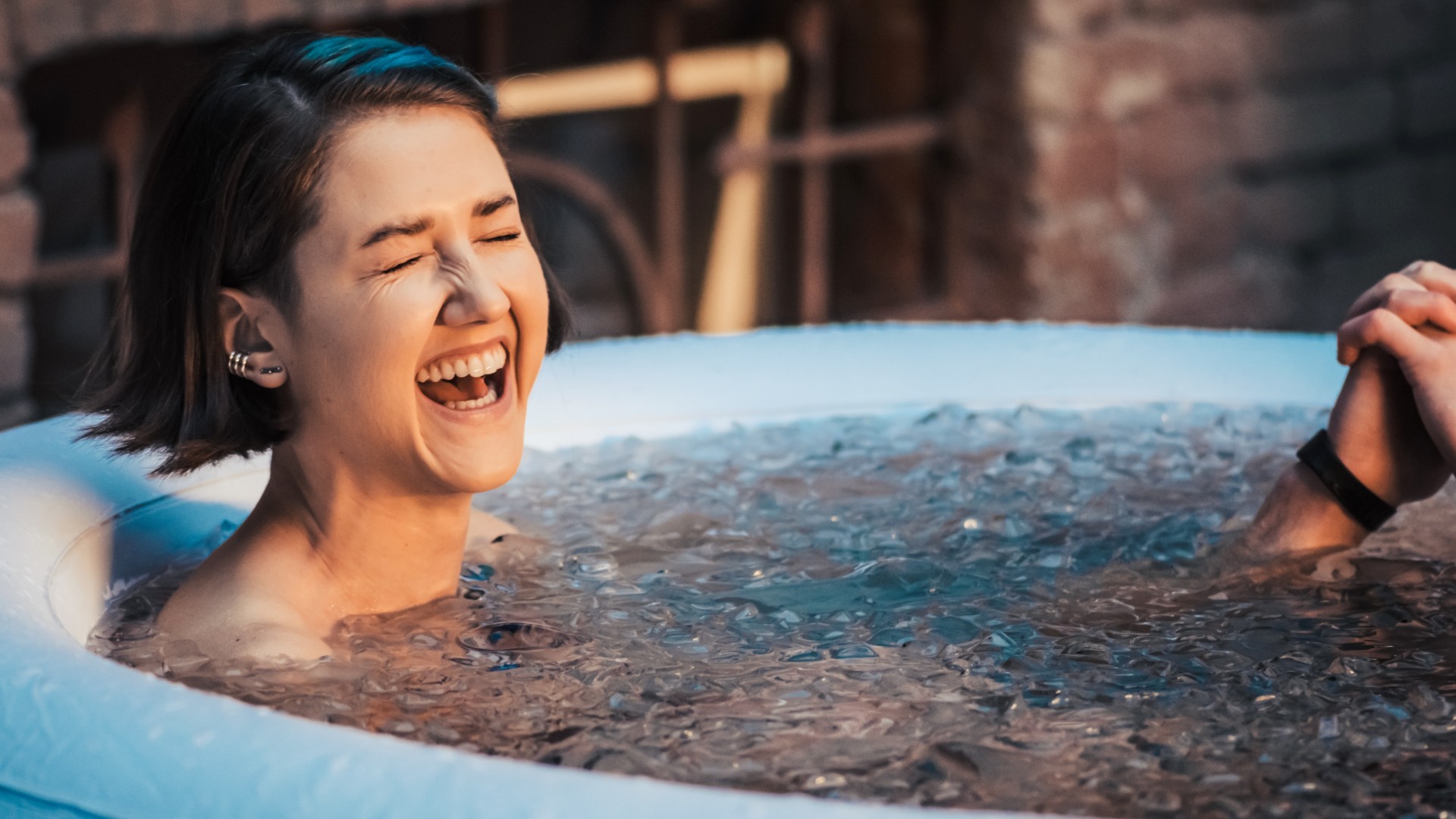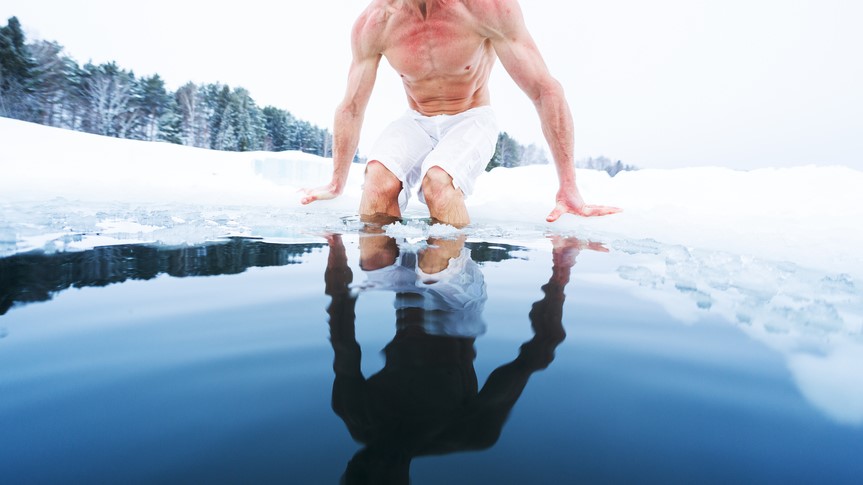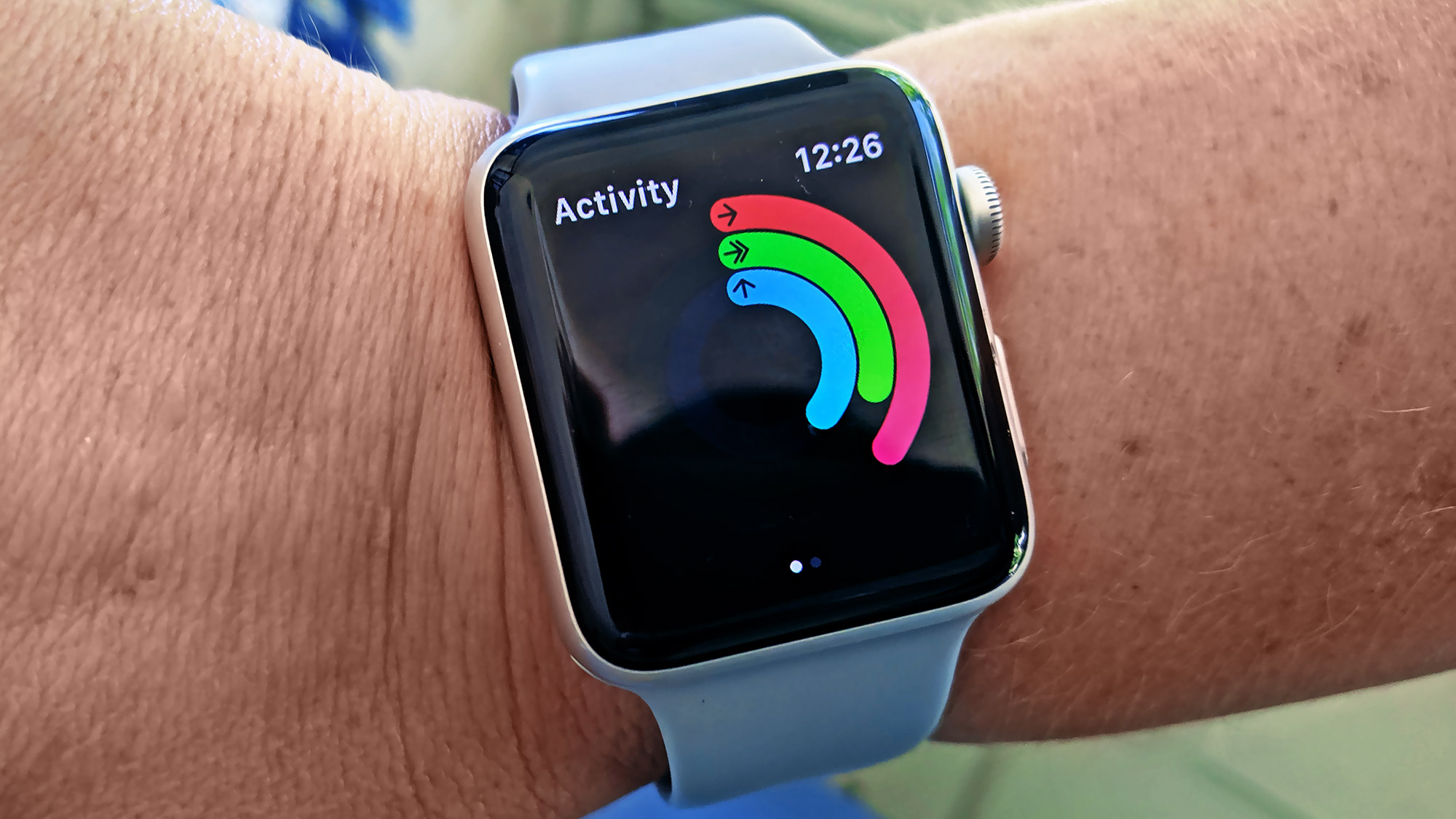
Dunk me into cold water on an average day, and I’ll probably tell you where to go — in a very impolite way. But apparently, I’m into the cold water therapy trend these days, given that I took a LUMI Therapy Pod ice bath under my wing, blew it up and stuck it in my parent's backyard with little explanation.
Cold water immersion is a massive trend right now, (kind of) thanks to the master Wim Hof and his Wim Hof Method. Although there’s quite limited long-term evidence on its benefits, some research — like this study by the European Journal of Applied Physiology — has shown that it could “likely” reduce fatigue and soreness and improve recovery.
From Premier League soccer players to pro athletes and the everyday gym-goer, people everywhere credit ice baths for promoting recovery, reducing muscle soreness and fatigue, boosting energy levels and improving sleep quality. So, with that many people invested, I wanted to see what the fuss was about.
Late (sigh, as ever) to a trend, here’s my verdict on the LUMI ice bath and cold water therapy.
What is LUMI Therapy?
LUMI Therapy credits itself as “Leaders in cold water therapy.” You can shop for ice baths directly from the LUMI website.
What makes the brand so popular? The baths are inflatable and compact, inflate on the spot in just minutes using a small pump included with the kit and fit into pretty much any space fairly inexpensively. Pods retail from $88/ £69.
The price point alone makes cold water immersion all that more accessible, and I must admit, their portable ice baths are incredibly easy to install. Lumi isn’t just about portable ice therapy though, the ice bath leaders dip icy toes into the world of yoga mats, saunas and recovery tools like massage guns, if that’s your thing.
What is cold water immersion?

You can rapidly cool the body in several ways, from wild swimming and cryotherapy to ice plunges and cold pools or showers. Temperatures should ideally sit sub-15 degrees Celsius (59 degrees Fahrenheit). Ice swimming can sometimes involve water sub-5 degrees Celsius (41 degrees Fahrenheit).
You’re looking to spend anything from a minute or two up to 10 minutes in water (with your head above the water, of course), depending on your experience and preferences.
Are ice baths good for you?
First and foremost, ice baths aren’t for everyone. If you have a pre-existing health condition or injury or are pre or post-natal, always speak with a qualified medical professional rather than relying on information you find online. The American Heart Association (AHA) also warns of some risks associated with cold water immersion.
There’s limited conclusive research to support ice baths, despite the hype surrounding them. While there are studies suggesting some benefits, much of the existing data needs further investigation.
For example, one study published by Wiley in 2021 found cold water immersion “capable of significantly improving mood in young, fit and healthy individuals.” And another study published in Biology reported participants felt alert, attentive, more active and less nervous or distressed after cold water bathing.
Then there’s data like research published in the British Journal of Sports Medicine suggesting ice water immersion for treating muscle soreness was “ineffectual in minimizing markers of DOMS.” Which means it didn't improve symptoms of Delayed Onset Muscle Soreness.
Another study published in Nature specifically examined the Wim Hof Method — a combo of breathing, meditation and ice bathing — and found "no positive effects” on the psychological or cardiovascular parameters of participants.
You could go back and forth for hours exchanging studies pro or anti-ice bathing, but there’s no reason you can’t (or shouldn’t) safely enjoy it if you’re into that sort of thing and it benefits you mentally or physically.
Here’s what happened when I tried it using my very own Lumi ice pod.
1. I instantly panicked
I’ve since gotten more used to the initial shock of cold water, but my first dip into the LUMI Pod sucked my breath away. I'm still seriously surprised by how difficult I found it to regulate my breathing and reaction to the water.
I recently experienced another cold plunge with a breathwork instructor at Rebase Recovery, London, who told me to breathe “long and slow” and focus solely on my breath.
Easier said than done, but I’m told it takes time and practice. I won’t hold my breath!
2. I learned to keep my toes out of the water
According to my breathwork coach at Rebase, keeping your toes out of the water can help. Your feet and hands have a load of nerve endings, so this could potentially prevent you from staying submerged for as long.
While submerged, your body can prioritize keeping vital organs warm, and your extremities, like the hands and feet, are more susceptible to the cold. Who knew?
I won't lie, I found it strangely easier to stay submerged with my hands and toes clear of the cold water.
3. I looked outrageous
I’d like to add that the extremely fashionable felt hat I’m sporting in the clip above is a sauna hat, given I had just emerged from one. I was interested to know if getting extremely hot before you get extremely cold helps or hinders the process, so I asked my breathwork coach.
Surprisingly, she recommends not doing a sauna before your cold plunge, as this can make it harder to properly adjust to the temperature change, even if you feel more prepared.
However, I did a little digging and the consensus seems that a sauna before a cold plunge can help move the body from increased blood flow and heart rate (muscles relax) to reduced heart rate and blood vessel constriction, which helps reduce inflammation.
Alternating between hot and cold temperatures — known as contrast therapy — is thought to improve circulation and boost muscular recovery.
So, the jury is out while I do more digging.
4. I felt (briefly) more energized
It makes sense that a huge shock of cold water might wake you up a little, and it did. In fact, I felt a bit wired afterward. However, the initial benefit didn’t reach far enough into my day to convince me I needed cold water therapy in my life more regularly — past this experiment.
This disappointed me, as I've spoken to plenty of close friends and family who tell me the good feeling lasts through the day.
5. I recently managed longer than I thought I could
Previous efforts in the LUMI were an in-and-out experience, but more recently, I’ve been able to hold on for more than 60 seconds.
For me, this is impressive. When the initial rush wears off, it actually becomes more tolerable, and as long as you stick with your breathing, it can be quite fun.
Verdict
What surprised me most was the mental benefit of an ice bath. The experience teaches you to use breathing exercises to control your mind and body when in a state of stress or discomfort; a tried-and-tested form of meditation.
And to some degree, this builds a certain level of mental stamina, pushing past your personal limits and belief systems of what you can or can’t withstand.
I see why people love cold water therapy: it’s challenging and exhilarating, it focuses the mind on the present moment and it’s a skillset you can sharpen and share with others. And for a short while after, It does leave you feeling epic.
Is it a magic potion capable of transforming my health? I'd need to experiment for much longer to find out. I'm not compelled by the existing evidence. Did I enjoy it? Yes, but not enough to keep experimenting in the depths of winter, sadly.
The experience was fun, but I’m unlikely to revisit cold water therapy all the time. I don’t feel strongly about it either way. However, when I do get in an ice bath again, I’ll be eyeing up that two-minute timer and rubbing my hands together.
More from Tom's Guide
- I took creatine every day for 12 days like Mark Wahlberg, here's what happened
- I drank apple cider vinegar every day like Victoria Beckham, and here's what happened
- I drank lemon water every day for two weeks, and here's what happened
Sign up to get the BEST of Tom's Guide direct to your inbox.
Get instant access to breaking news, the hottest reviews, great deals and helpful tips.

Sam Hopes is a level 3 qualified trainer, a level 2 Reiki practitioner and fitness editor at Tom's Guide. She is also currently undertaking her Yoga For Athletes training course.
Sam has written for various fitness brands and websites over the years and has experience across brands at Future, such as Live Science, Fit&Well, Coach, and T3.
Having coached at fitness studios like F45 and Virgin Active and personal trained, Sam now primarily teaches outdoor bootcamps, bodyweight, calisthenics and kettlebells.
She also coaches mobility and flexibility classes several times a week and believes that true strength comes from a holistic approach to training your body.
Sam has completed two mixed doubles Hyrox competitions in London and the Netherlands and finished her first doubles attempt in 1:11.
